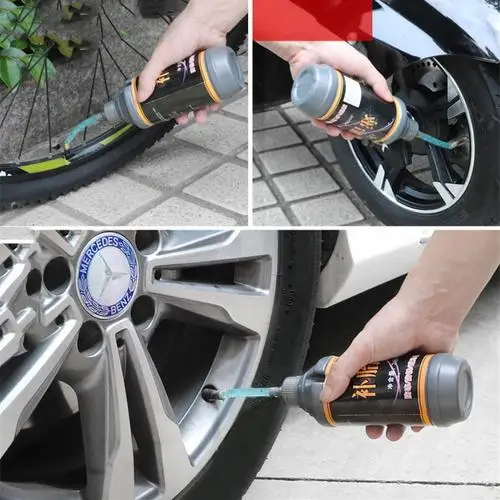Posted by Blair Lampe Know How
Your tires might not be the most complex part of your vehicle, but they’re arguably among the most indispensable. Keeping your tires in good condition is integral to both safety and performance, so when they suffer damage, it’s important to take care of it immediately. You’re likely familiar with patching tires, but are there limits to this practice? For instance, can you patch the sidewall of a tire?
Where the Rubber Meets the RoadTires have more going on than meets the eye. Over the years, tire technology has evolved to make them stronger, longer-lasting and safer in various driving conditions. There are many parts of a tire, but the two main external parts are the tread and the sidewall.
The tread is what contacts the road. It’s very thick, it wears down over time, and it’s the part you pay special attention to when you’re watching out for alignment issues. It is meant to wear down, but evenly.
The sidewall is thinner because it is not designed to contact the road and wear down. It protects the inner plies of the tire, which are structural, and it flexes as the tire rotates and bears the weight of the vehicle.
Patching Your TiresMany people keep tire plug kits in their vehicles for emergency roadside repairs, but patches are a little more in-depth. In order to properly install a patch, the tire must be safely removed from the vehicle and the rim. The hole or tear area must be cleaned up and covered with vulcanized cement so that the patch can be installed from the inside and sealed before the tire is reinstalled on the vehicle.
The patch adheres to the tire’s material around the damage, and the added pressure of inflation actually works to press the patch outward further plugging the hole. If done correctly, this creates a seal that can last the rest of the tire’s life.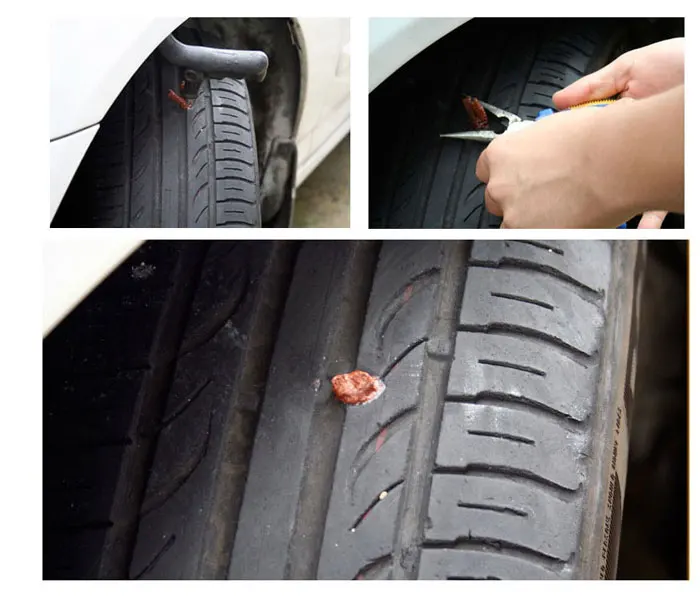 Patches are viable for repairing small holes or tears, generally, those that are 1/4 inch or less.
Patches are viable for repairing small holes or tears, generally, those that are 1/4 inch or less.
If you have a leak, hole or tear in your sidewall as opposed to your tread, you should not repair it with a patch. The thinness of the sidewall gives little material for a patch to adhere to, and the damage to the sidewall leaves the tire structurally compromised. As mentioned before, the sidewall tends to flex, putting extra stress on the repair and increasing the likelihood of patch failure, which is more likely to occur at higher speeds and pressures.
Patching the sidewall is simply not a good idea, as a leak or blowout while the vehicle is underway could result in loss of control with catastrophic consequences. So if you end up with a damaged tread, you can plug and patch away, but if the damage is to your sidewall, you’re going to have to replace the tire, which usually means replacing the fronts or rears in pairs.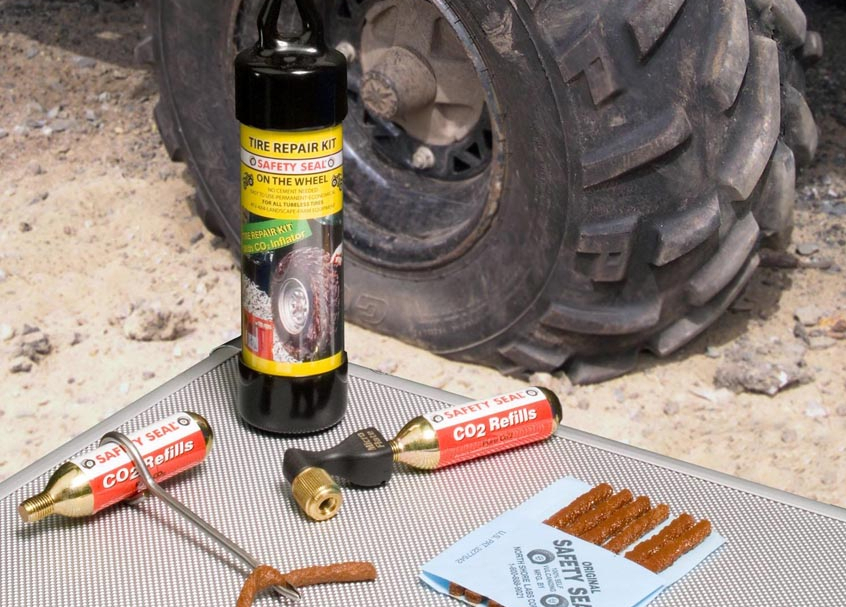
So can you patch the sidewall of a tire? The answer is a solid no. Luckily, sidewall damage is far less common than damage to the tread, and you can minimize it by paying attention to road conditions, not overloading your vehicle, staying away from the curb when you’re parallel parking, and keeping your tires properly inflated, rotated and maintained.
Check out all the tires, wheels and accessories available on NAPA Online, or trust one of our 17,000 NAPA AutoCare locations for routine maintenance and repairs. For more information on patching tires, chat with a knowledgeable expert at your local NAPA AUTO PARTS store.
Photos courtesy of Blair Lampe.
Blair Lampe is a New York-based professional mechanic, blogger, theater technician, and speechwriter. In her downtime she enjoys backpacking wherever her boots will carry her, rock climbing, experimental theatre, a crisp rosé , and showering love on her 2001 Sierra truck.
Written by Steven Schiller
Fact checked by Henry Speciale
According to the US National Transportation Safety Board, on average, 33,000 accidents are caused by tires yearly.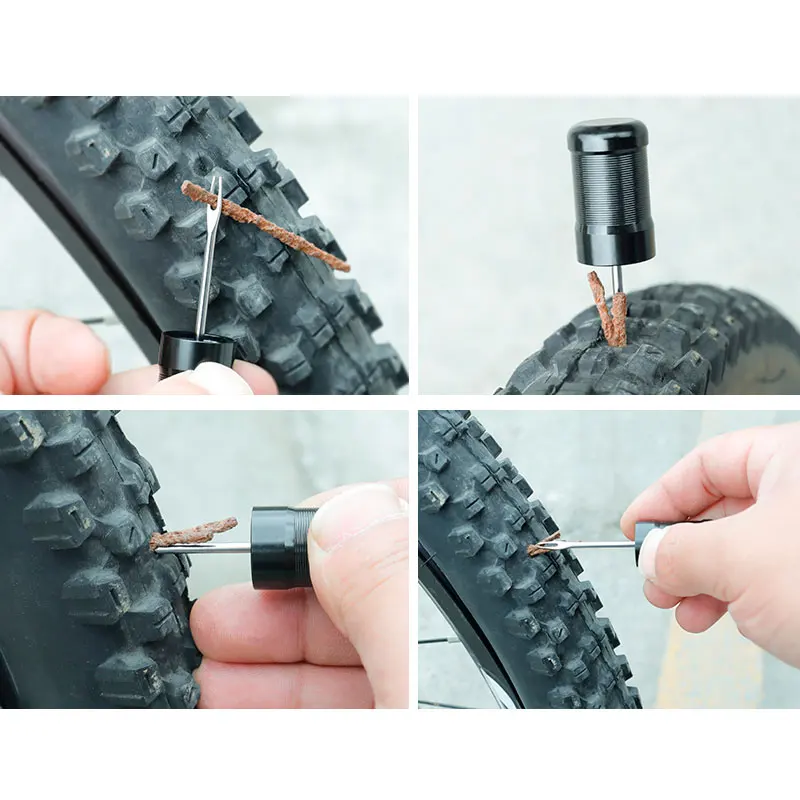 These accidents can be avoided if motorists know what to do. Some people resort to patching to save their costly tires as a quick fix. But unbeknownst to many, the tire wall and shoulder are irreparable zones. Therefore, knowing how close to sidewall can a tire be patched is critical. It is required to spare a gap of 6 mm or more from the tire shoulder.
These accidents can be avoided if motorists know what to do. Some people resort to patching to save their costly tires as a quick fix. But unbeknownst to many, the tire wall and shoulder are irreparable zones. Therefore, knowing how close to sidewall can a tire be patched is critical. It is required to spare a gap of 6 mm or more from the tire shoulder.
Read on to know the details when you need to fix your tire.
Table of Contents
There will be a tire patch fail when the patch is too close to the sidewall or shoulder, which is less than 6 mm.
You can’t patch a tire shoulder or patch a sidewall of a tire, and you need to replace the tire if the damage is too near the wall or directly on the tire shoulder.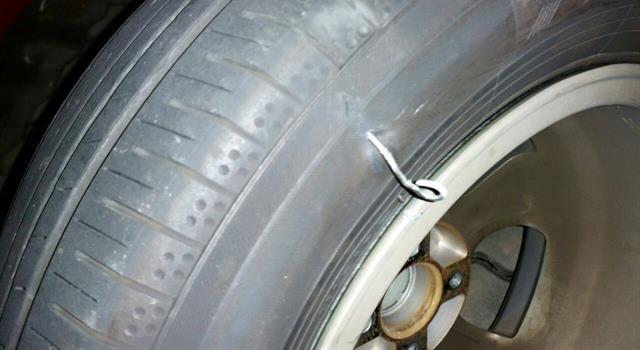
Also, if the punctured hole covers more than ¼ inch, it’s no use attaching a patch. It won’t fully cover the hole, and the wheels will deflate when the car starts moving.
Why is the gap of 6mm from the sidewall important when patching your tire? Here’re what you should know about tire sidewall structure:
The sidewall accounts for the tires’ high performance and speed and holds the inner structure together, so it is critical to have your sidewall inspected from the inside out whenever you have a tire puncture.
So, make sure you know that:
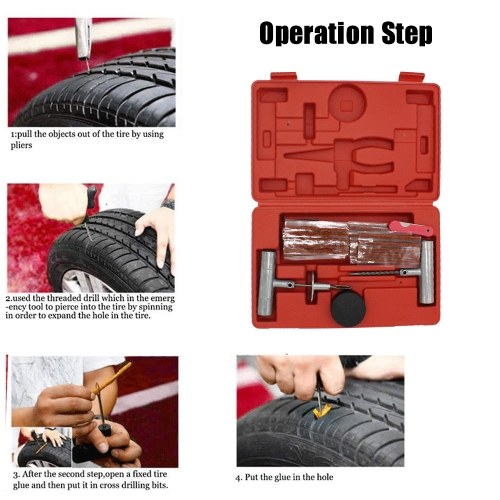
So, when can a tire not be patched? Here’re the signs showing that you might need a tire replacement:

Step 1: First, check how close the puncture in sidewall of tire is to see if you can still give it a quick fix for your trip to the repair shop.
Step 2: If it’s beyond 6mm from the sidewall, you can apply a plug or a patch.
Plugging
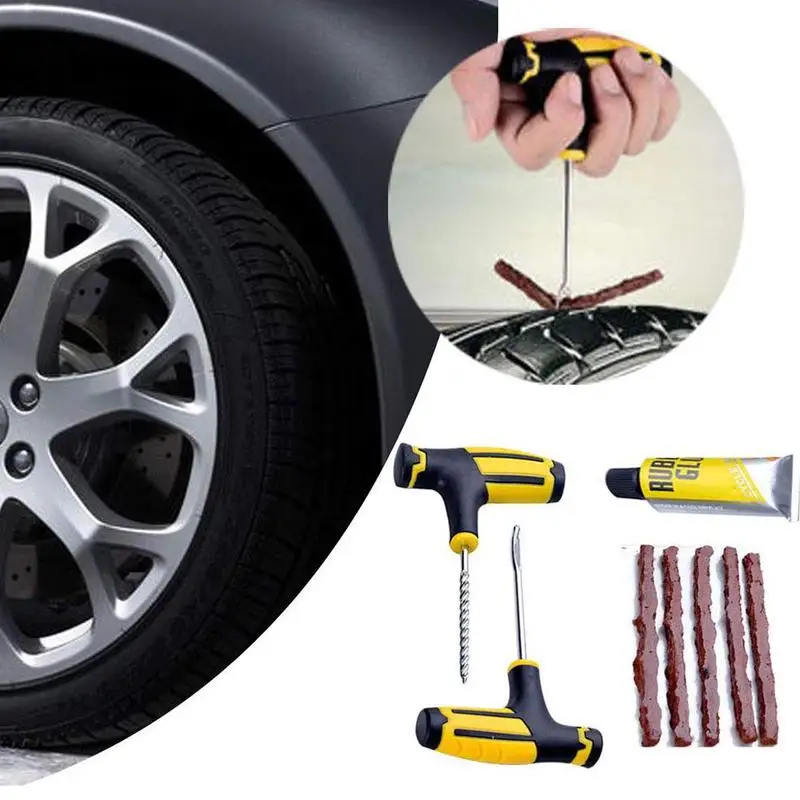 Keep pushing, pulling and rotating so that the cement gets applied inside while you are shaving and cleaning the hole.
Keep pushing, pulling and rotating so that the cement gets applied inside while you are shaving and cleaning the hole.Patching
With the frequency of use and exposure to harmful elements, it’s not uncommon to have our tires punctured.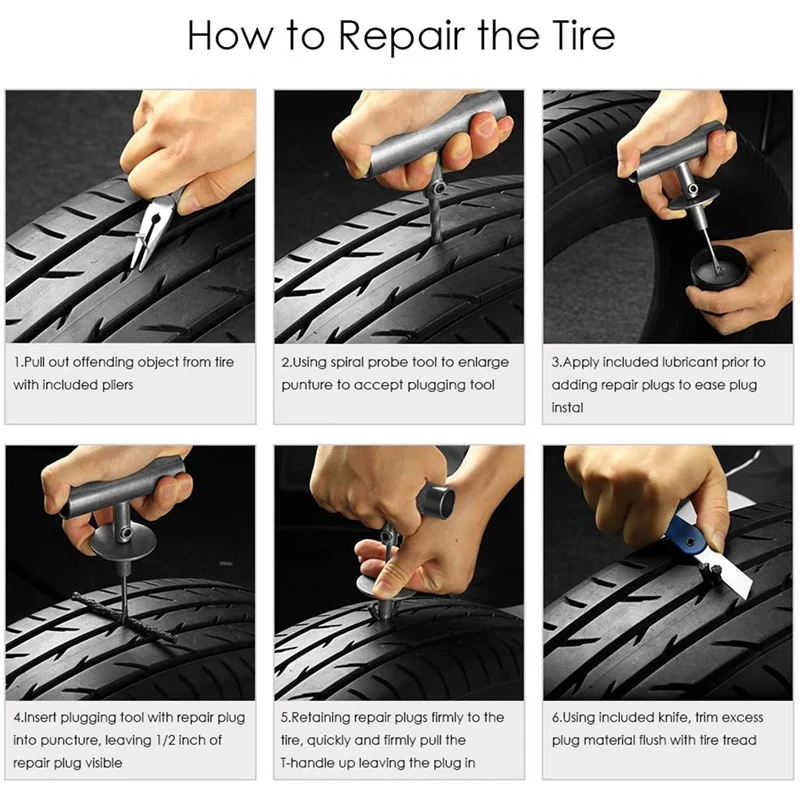 But we can follow these preventive measures to lengthen their tread life.
But we can follow these preventive measures to lengthen their tread life.
How long can you drive on a patched tire?
So long as the installation was done well, it can last for almost 25,000 miles, which is typically from seven to ten years or until its tread life is reached.
How close can a tire patch be to another patch?
You’ll find that a nail in sidewall of tire repairable up to a certain degree.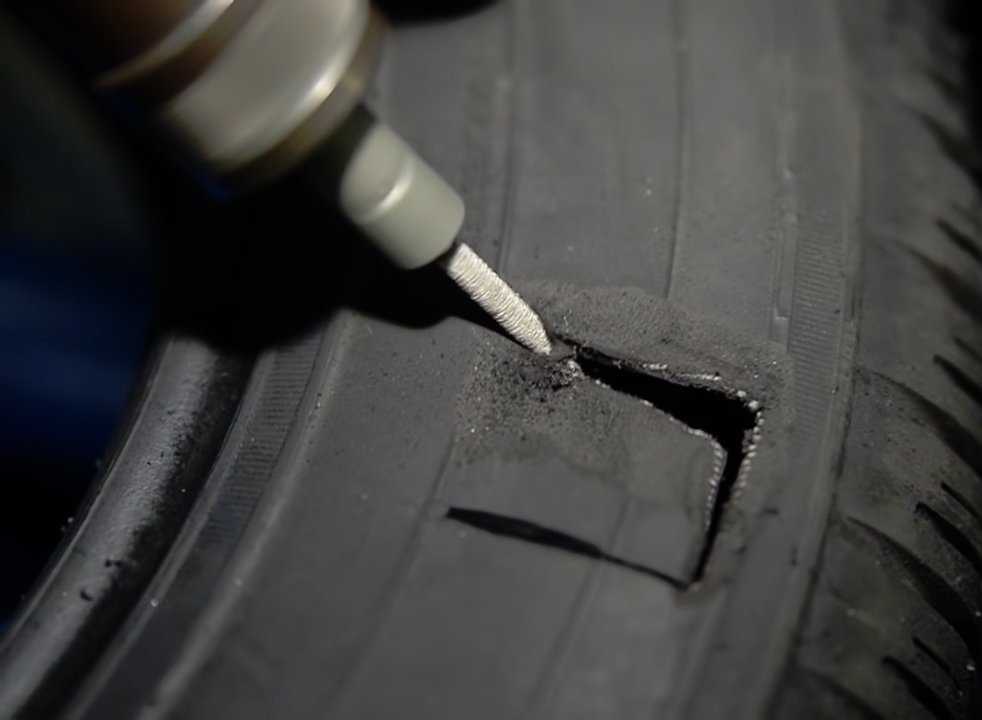 You can patch a tire with 2 nails in it. This is possible as long as the gap between the two punctures is not less than 16 inches and not more than 2 times.
You can patch a tire with 2 nails in it. This is possible as long as the gap between the two punctures is not less than 16 inches and not more than 2 times.
Can you patch a tire on the side of the road?
Yes, you can. Park your vehicle on the side of the road or shoulder, which is specifically reserved for road emergencies. I can get my tire patched for free when I have tire sidewall repair products in my car, should the inevitable happen.
When you plug a tire sidewall, keep a safe margin of 6 mm and above to avoid damaging the tire. A temporary “quick fix” plug helps at least to get your vehicle to the nearest auto repair shop safely.
Can you drive on a damaged sidewall?
No, it is not advisable as it could lead to a blowout. Not only is it dangerous to drive, you can also get a fine for driving on a damaged sidewall and gain penalty points on your driver’s license.
Can’t you patch a tire shoulder?
No, you shouldn’t, as it is an irreparable area.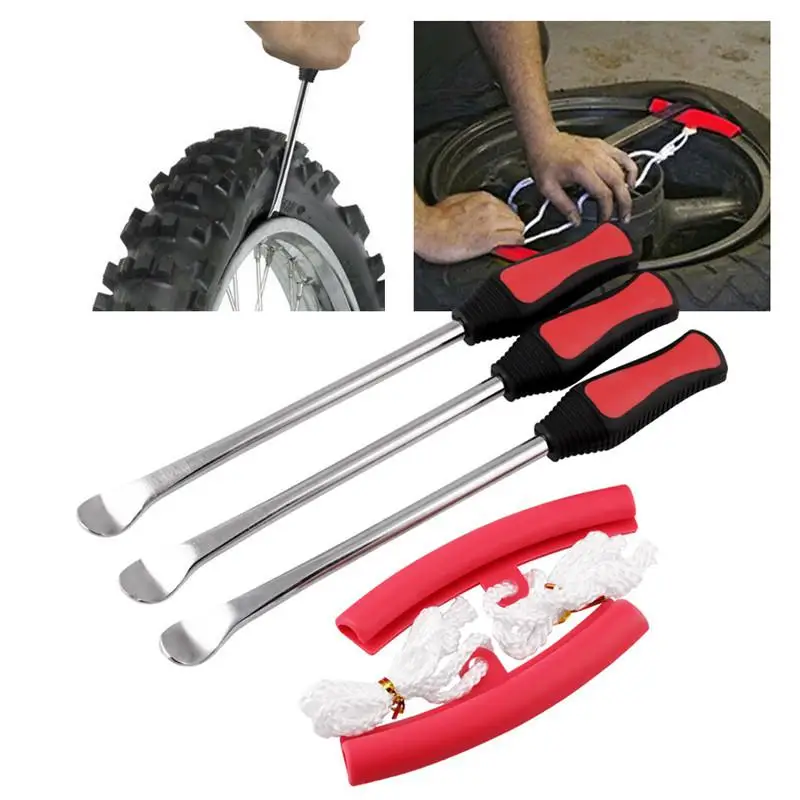 If you do, it will just be a temporary fix that could endanger lives inside the vehicle.
If you do, it will just be a temporary fix that could endanger lives inside the vehicle.
With frequent driving and the countless revolutions a wheel makes, it’s no longer a matter of “if” but a question of “when” will a flat tire, or blowout happen. So being knowledgeable about the essentials of tire care and repair is a must.
Knowing how close to sidewall can a tire be patched should help us exercise safety measures and get professional help for our tire’s optimum health. We can enjoy our tires’ maximum benefits if we take good care of them.
Read next:
I'm Henry, the content writer for PPMC Transport. We build our site entirely on experience and extensive market and customer research. My goal is to create a trusted platform where people can go to determine what is best for their vehicles in terms of safety and convenience. Keep an eye out for our useful guide!
We build our site entirely on experience and extensive market and customer research. My goal is to create a trusted platform where people can go to determine what is best for their vehicles in terms of safety and convenience. Keep an eye out for our useful guide!
- Speciale Henry
Repairing a tire side cut by applying a patch or welding the cut yourself will not lead to anything good. Poor repairs will put you at unnecessary risk to your life instead of saving you money.
A side cut on a tire is a very common problem, and many car owners solve this problem by simply replacing the cut tire with a new one.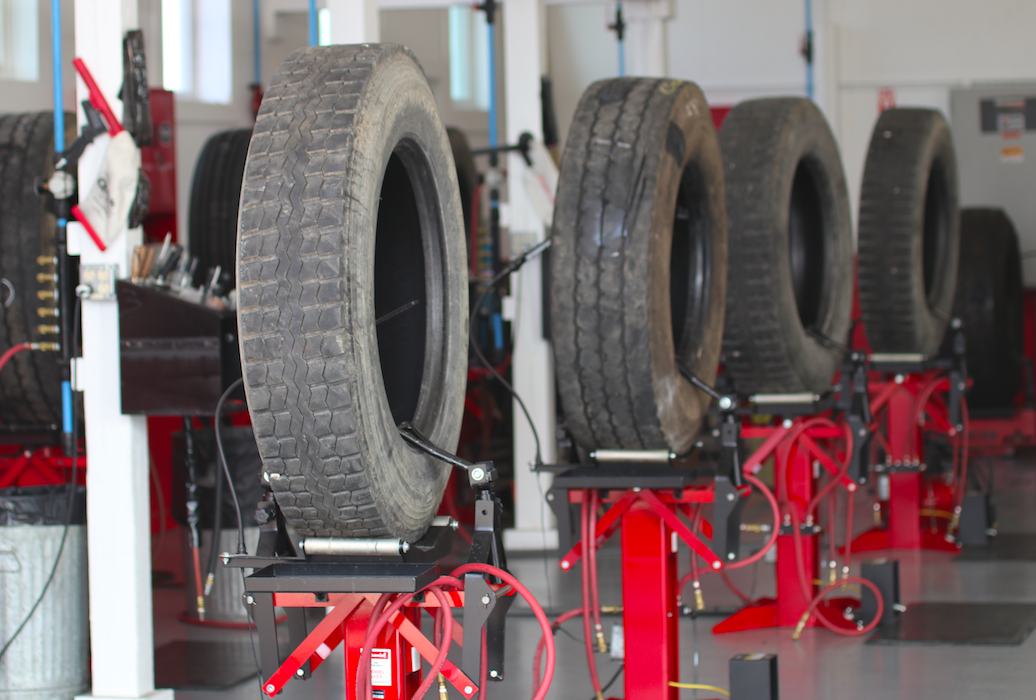 Of course, this way of solving the problem is ideal if you have extra money, since new tires are not cheap. The desire to save money, that is, to seal a side cut on a tire with your own hands, is an extreme on the other hand, since it is impossible to repair a side cut at a high level at home in the absence of high-quality equipment and materials.
Of course, this way of solving the problem is ideal if you have extra money, since new tires are not cheap. The desire to save money, that is, to seal a side cut on a tire with your own hands, is an extreme on the other hand, since it is impossible to repair a side cut at a high level at home in the absence of high-quality equipment and materials.
If you are wondering if you can seal up a side cut, then the answer is - of course, yes. Only an experienced master in a tire shop can make such repairs well. And for those who are looking on the Internet for how to seal a side cut of a tire on their own and whether it is possible to seal a side cut on a tire with their own hands, and buys special tire change kits for such repairs, we want to say: “There is no need to take such risks!”. If the repair of the cut is done poorly, then at the most unexpected moment you may burst the tire. Imagine what would happen if you were driving at high speed in heavy traffic! Therefore, it is better to entrust this matter to professionals.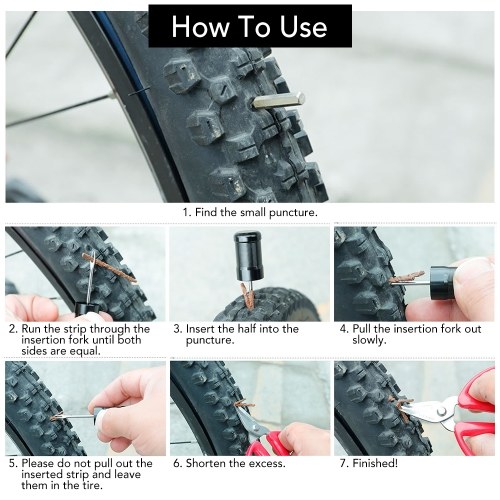
Tire fitters use hot and cold vulcanizing tires to repair side cuts. Hot vulcanization refers to the following process:
The cut site is cleaned of dirt and degreased;
Raw rubber is taken (a special rubber compound with a plastic structure) and the cut itself is filled with it;
· A place filled with raw rubber is heated to very high temperatures, while the rubber melts and is bonded to the tire.
In order to make the repair of the side cut even better, as well as to give the tire stiffness lost during the cut, a cord patch is attached to its inner side by cold vulcanization. This term refers to the use of a special chemical adhesive. In order for the patch to stick well, it is necessary to wait about 24-36 hours, and only after that it is possible to install the repaired tire and its further operation.
If you do not have an extra 1-2 days, then you can either change the tire to a new one, or use only hot vulcanization.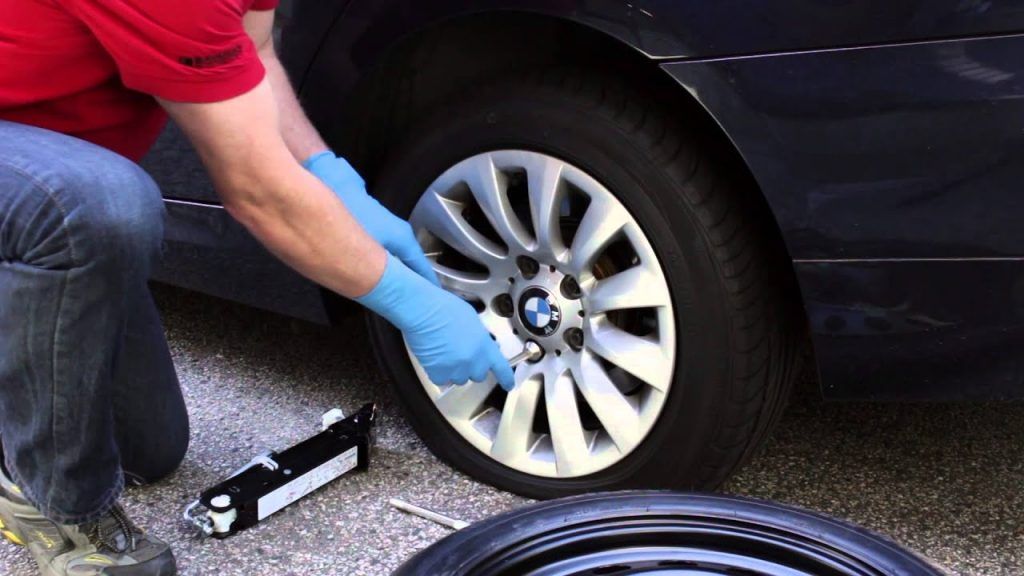 With careful handling of the tire (do not break the speed limit, do not run into hard objects, curbs, do not drive into pits, put the repaired tire on the driven axle), it will be possible to immediately use it.
With careful handling of the tire (do not break the speed limit, do not run into hard objects, curbs, do not drive into pits, put the repaired tire on the driven axle), it will be possible to immediately use it.
Share link:
Back to list
KrasnodarArmavirGelendzhikTuapseSochiNovorossiyskBelorechenskMaikopRostov-on-DonSimferopolStavropolAstrakhanst. Kanevskaya station Vyselkist Dinskaya Volgograd Voronezh
TSC No. 13 pos. Verkhnebakansky, st. Bakanskaya, 8A
+7 (928) 331-07-76
Around the clock
TSC No. 29, Volgograd, 30th Anniversary of Victory Blvd., 9
+7 (937) 088-44-27
Mon-Fri from 09.00 to 20.00, Sat from 9.00 to 19.00, Sun from 10.00 to 18.00
TSC No. 28, Rostov-on-Don, Mikhail Nagibin Avenue, 7B
+ 7 (988) 997-61-11
Mon-Fri from 09. 00 to 20.00, Sat from 9.00 to 19.00, Sun from 10.00 to 18.00
00 to 20.00, Sat from 9.00 to 19.00, Sun from 10.00 to 18.00
TSC No. 18, Krasnodar, Berezovy village, Karl Gusnik st., 17
+ 7 (938) 538-53-11
Mon-Fri 9:00 - 20:00; Sat 9:00 - 19:00; Sun 10:00 - 18:00
TSC No. 27, Sochi, Batumi Highway 94/20
+7 (928) 272-72-55
Mon-Fri from 09.00 to 20.00, Sat from 9.00 to 19.00, Sun from 10.00 to 18.00
TSC-26 Voronezh, st. Volgogradskaya 30
+7 (930) 406-78-84
Mon-Fri from 9.00 to 18.00
TSC No. 25, Volgograd, Bureyskaya st., 8
8 (937) 088-42-78
Mon-Fri from 9.00 to 18.00
TSC No. 22, Stavropol, ave. Kulakova, 18
+7 (938) 517-77-03
Mon-Fri from 9.00 to 18.00
TSC №21 Armavir, Efremova 319
+7 (918) 322-76-38
Mon-Fri from 09.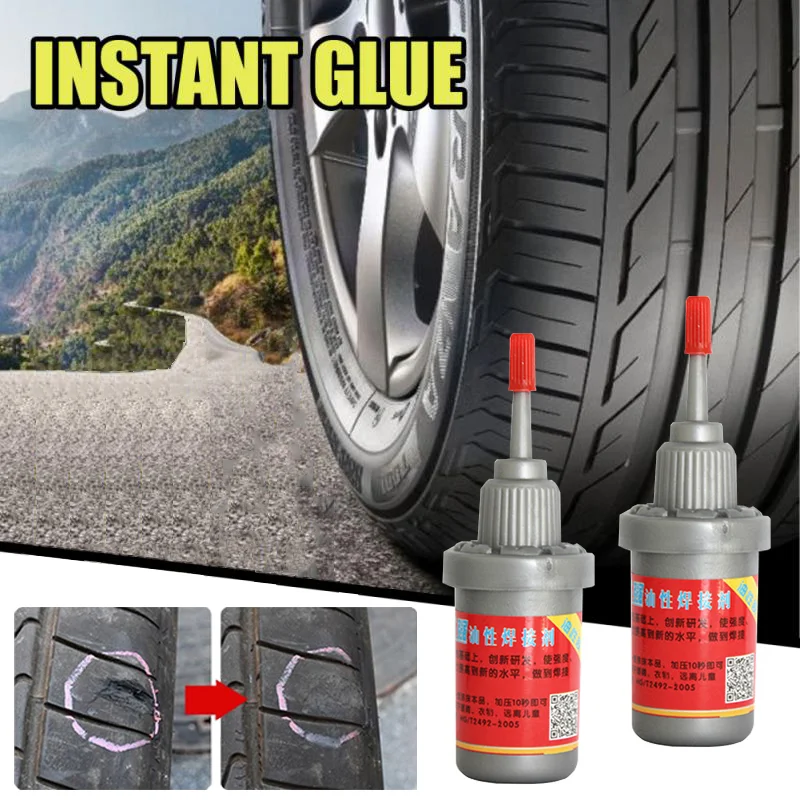 00 to 20.00, Sat from 9.00 to 19.00, Sun from 10.00 to 18.00
00 to 20.00, Sat from 9.00 to 19.00, Sun from 10.00 to 18.00
TSC No. 19, Krasnodar, st. Selezneva 197/5
+7 (989) 169-34-16
Mon-Fri 9:00 - 20:00; Sat 9:00 - 19:00; Sun 10:00 - 18:00
TSC No. 17 Astrakhan, 1st passage Rozhdestvensky 11a
+7 (988) 172-66-88
Mon-Fri from 9.00 to 18.00 Sat-Sun day off
TSC No. 16, Rostov-on-Don, st. Dovatora, 154/5
+7 (989) 527-11-86
Mon-Fri from 9.00 to 18.00 Sat-Sun day off
TSC No. 15 st. Vyselki st. Luneva, 29a
+7 (918) 199-67-89
Mon-Fri from 9.00 to 18.00, Sat from 10.00 to 15.00, Sun from 10.00 to 15.00
TSC No. 14 Crimea, Simferopol, 11 km. Moscow highway
+7 (938) 517-77-82
Mon-Fri from 9.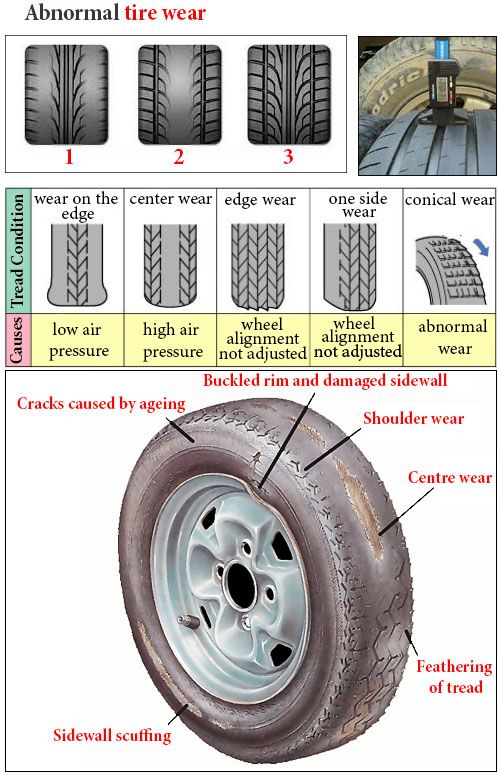 00 to 18.00 Sat, from 10.00 to 15.00, Sun closed
00 to 18.00 Sat, from 10.00 to 15.00, Sun closed
TSC No. 12, Gelendzhik, st. Lunacharskogo, 310A
+7 (918) 027-88-99
Mon-Fri from 09.00 to 20.00, Sat from 9.00 to 19.00, Sun from 10.00 to 18.00
TSC No. 11 st. Kanevskaya, st. Sverdlikova, 277d
+7 (988) 312-97-70
Mon-Fri from 09.00 to 20.00, Sat from 9.00 to 19.00, Sun from 10.00 to 18.00
TSC No. 10, Krasnodar, st. Russian, 339
+7 (989) 298-90-17
Mon-Fri 9:00 - 20:00; Sat 9:00 - 19:00; Sun 10:00 - 18:00
TSC No. 9, Tuapse, p. Kroyanskoe, st. Solnechnaya, 1B
+7 (918) 060-47-17
Mon-Fri 9:00 - 20:00; Sat 9:00 - 19:00; Sun 10:00 - 18:00
TSC No. 8, Krasnodar, st. Stavropolskaya, 214/5
+7 (918) 060-47-08
Mon-Fri 9:00 - 20:00; Sat 9:00 - 19:00; Sun 10:00 - 18:00
TSC No.